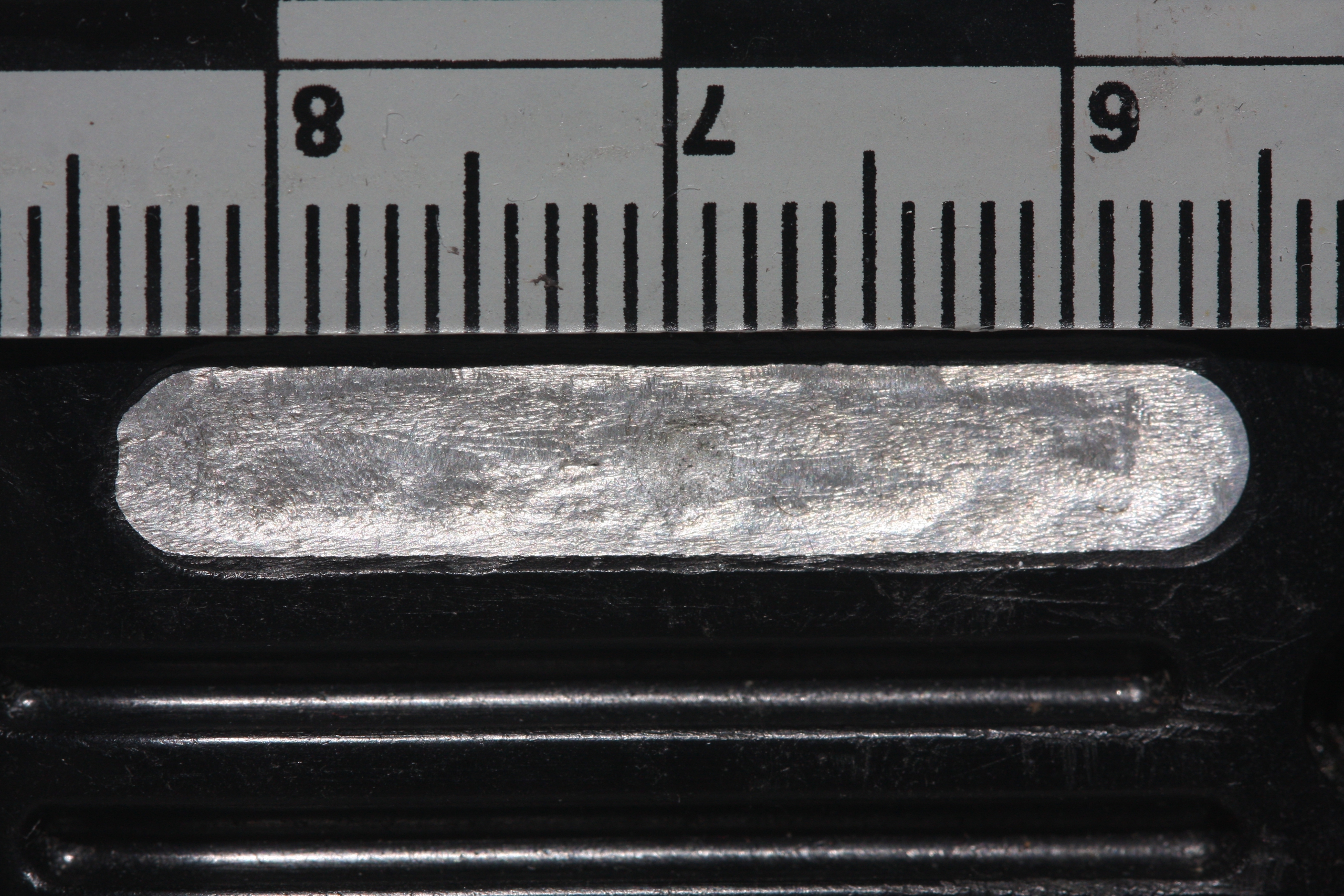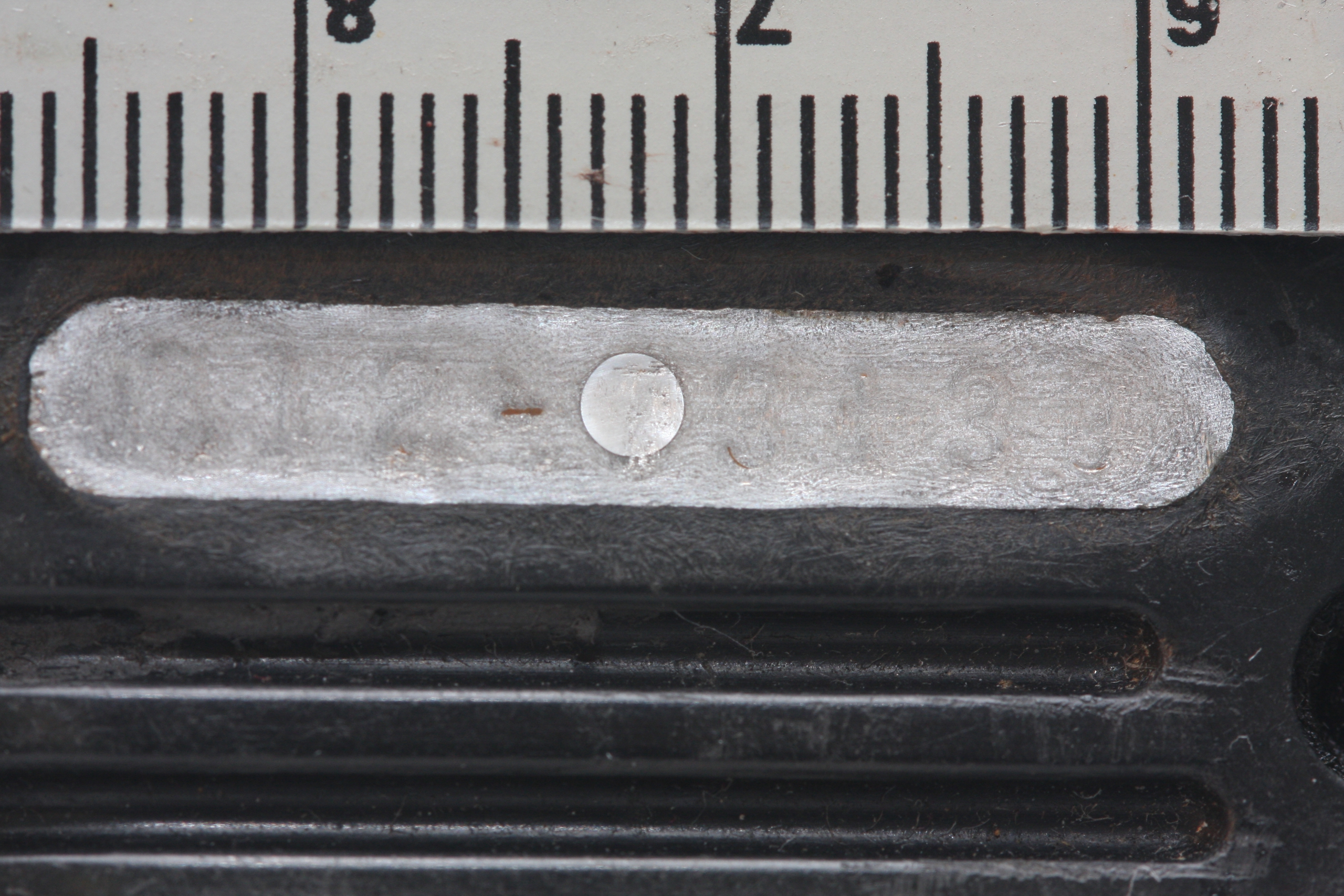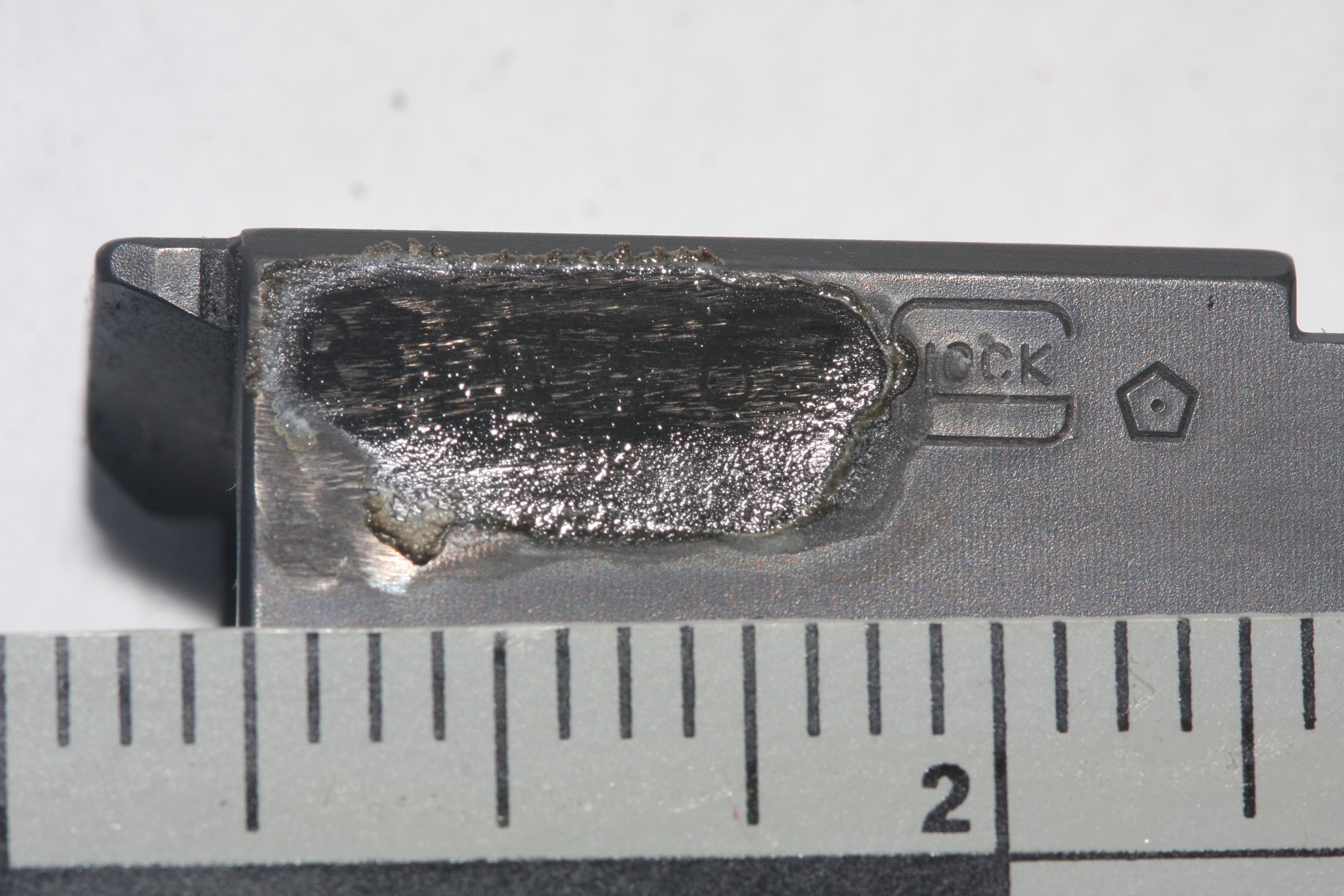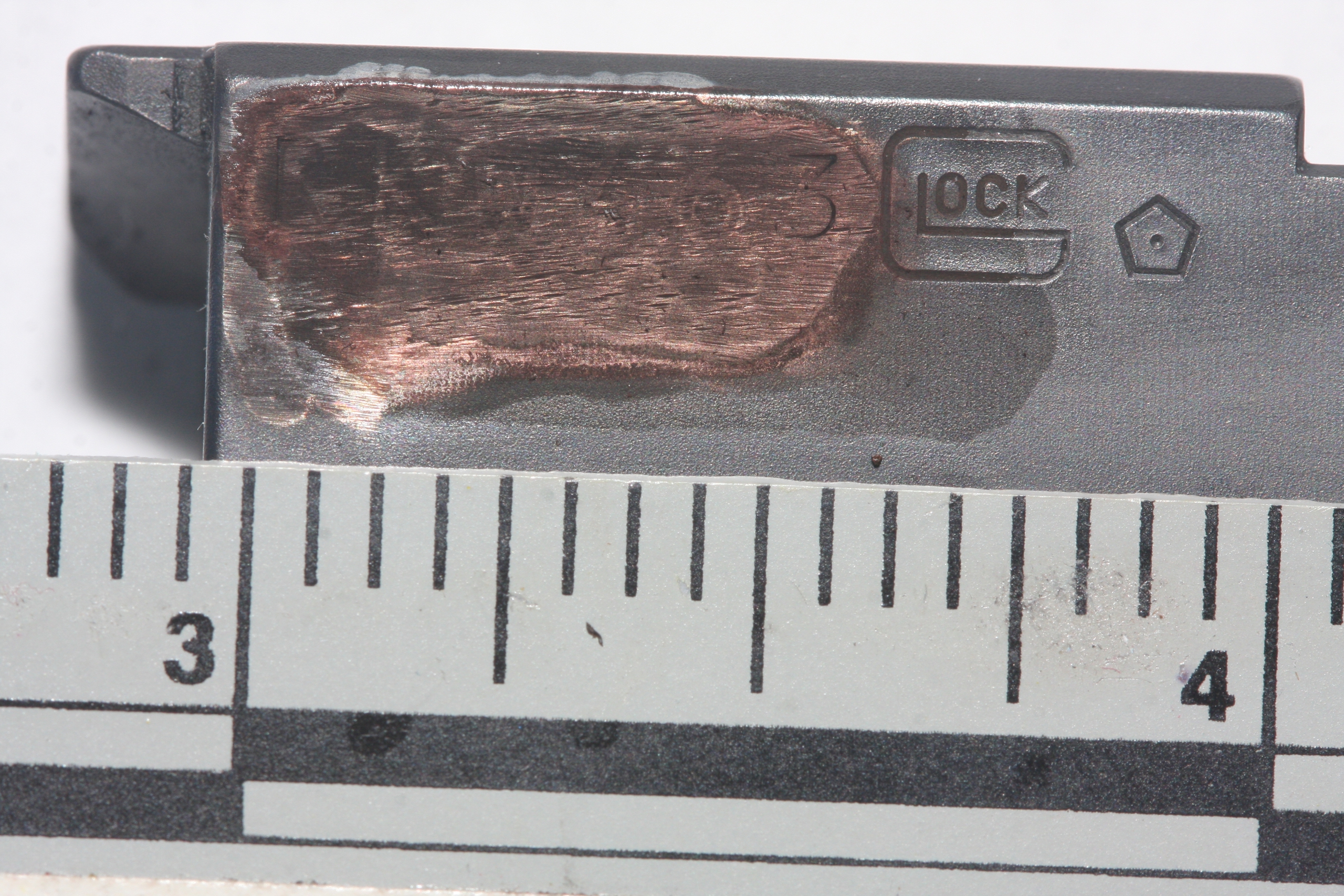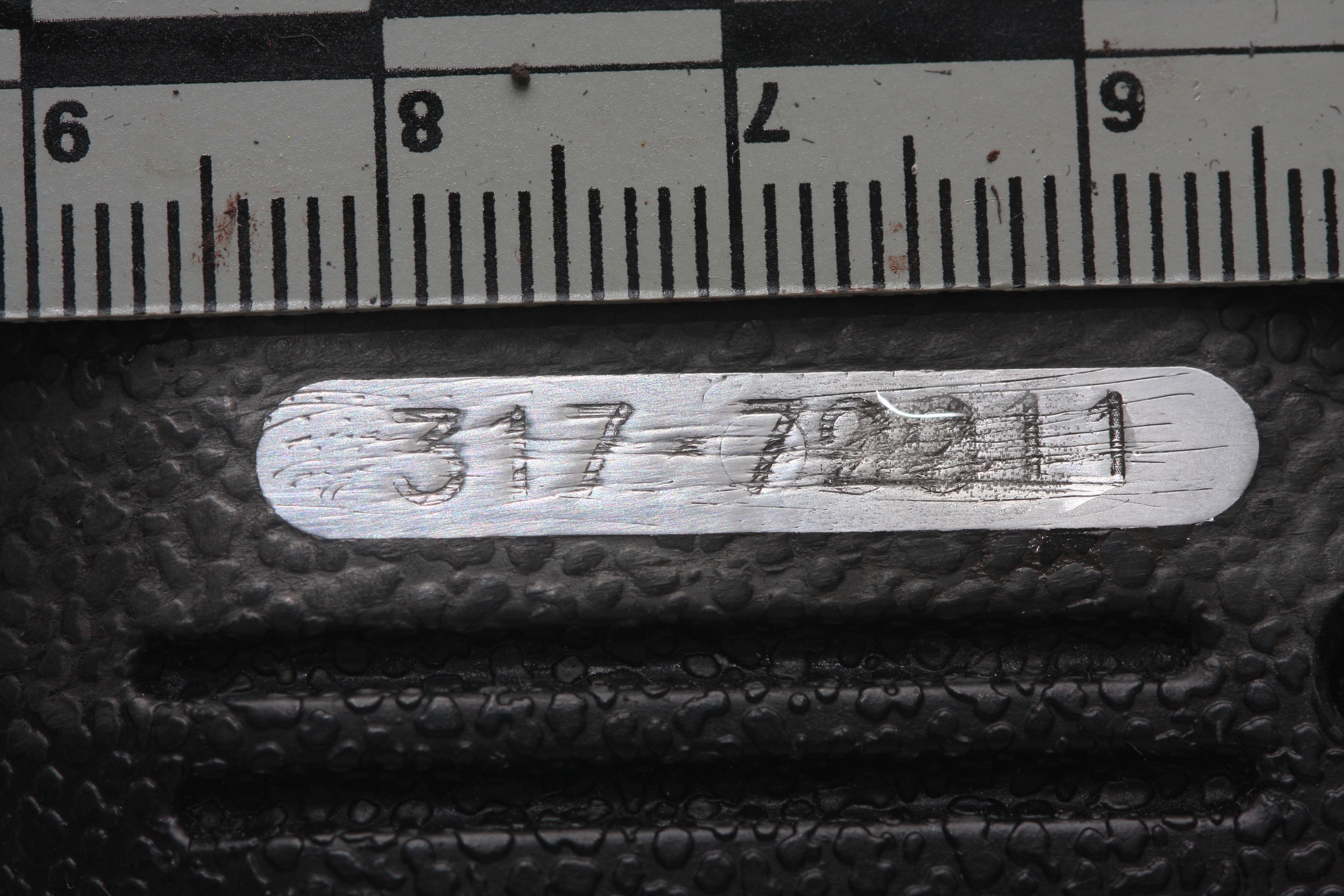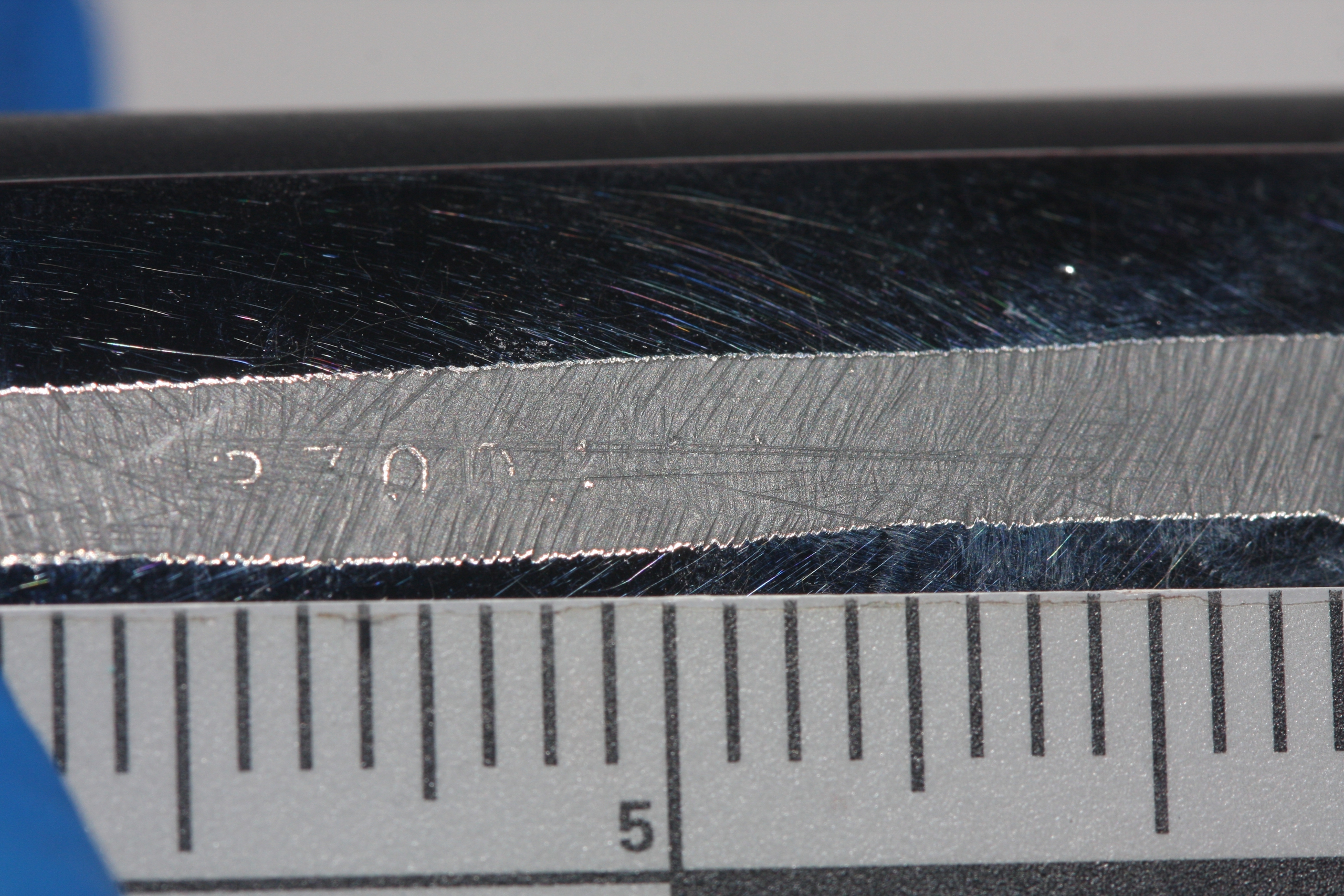Comparative Evidence Unit:
Serial Number Restoration
Pursuant to the federal Gun Control Act of 1968, all firearms must bear a readily visible serial number on the frame or receiver. A serial number is a unique or non-repeating sequence of numbers and letters applied to a firearm by the manufacturer for the purposes of identification.
A serial number can be applied to firearms in different ways. The different applications are:
-
Stamping
-
Laser Etching
-
Engraving

